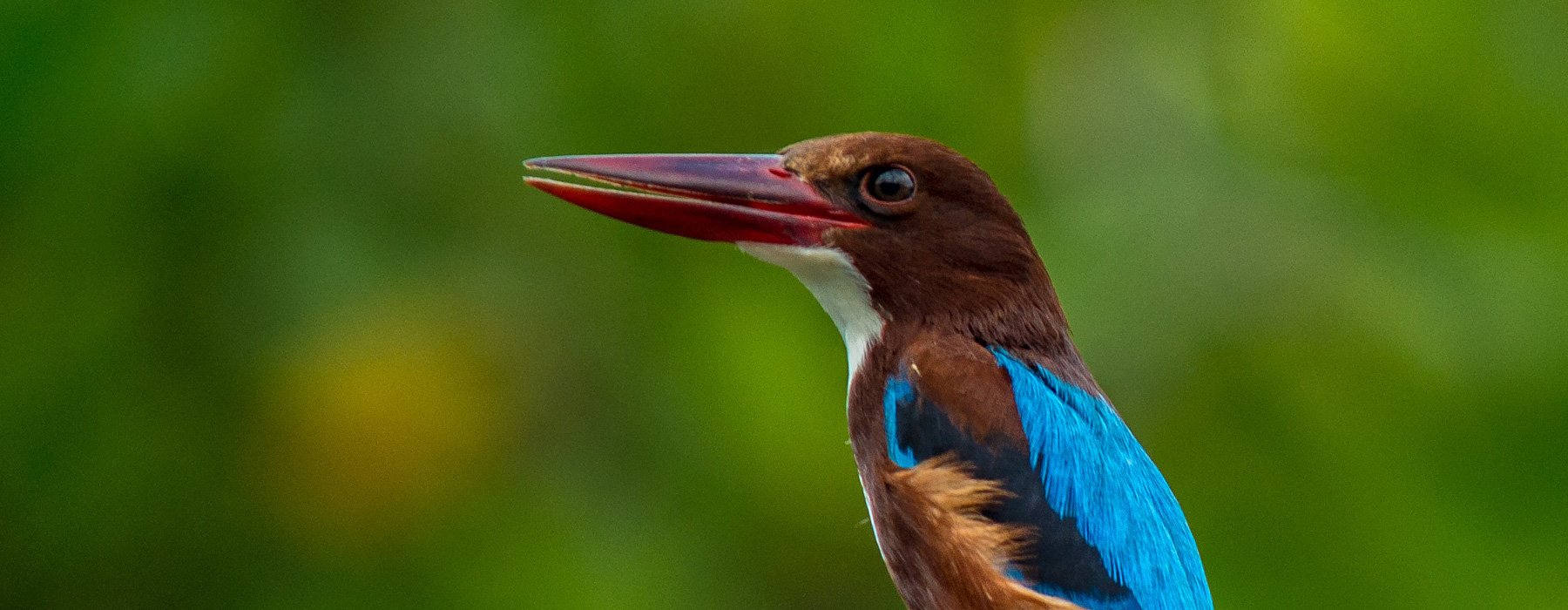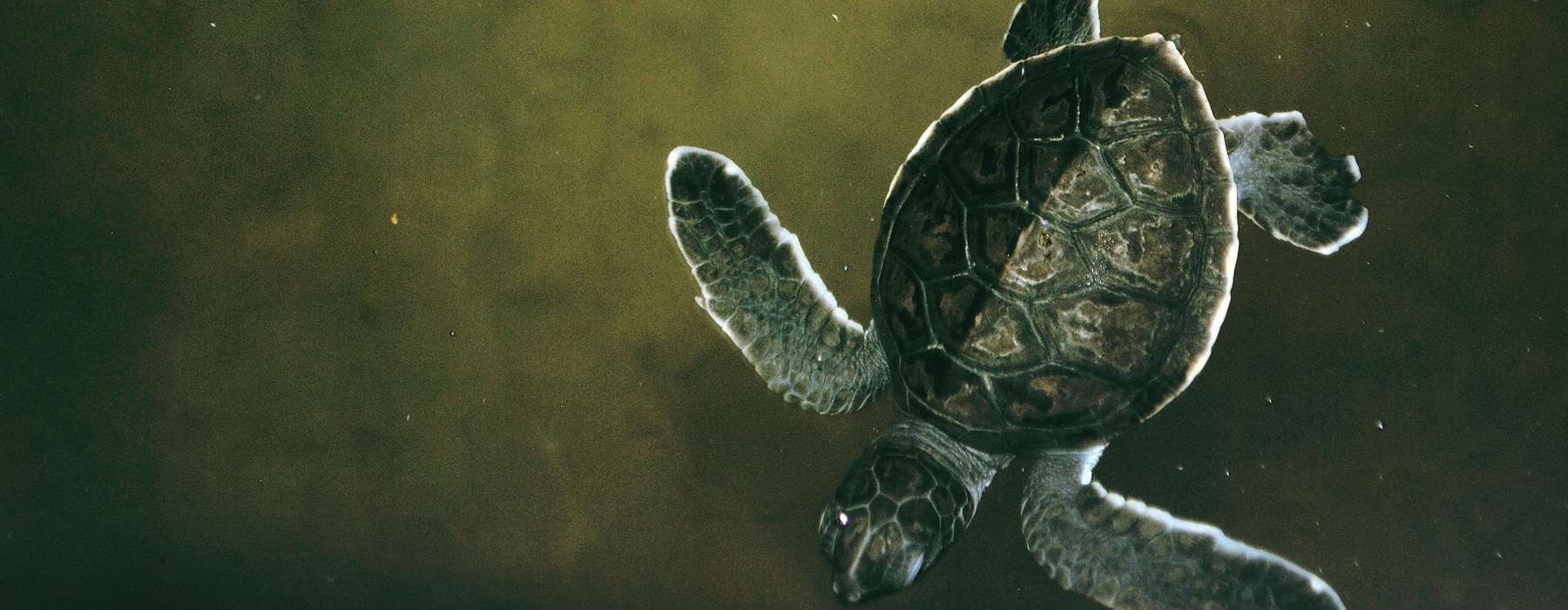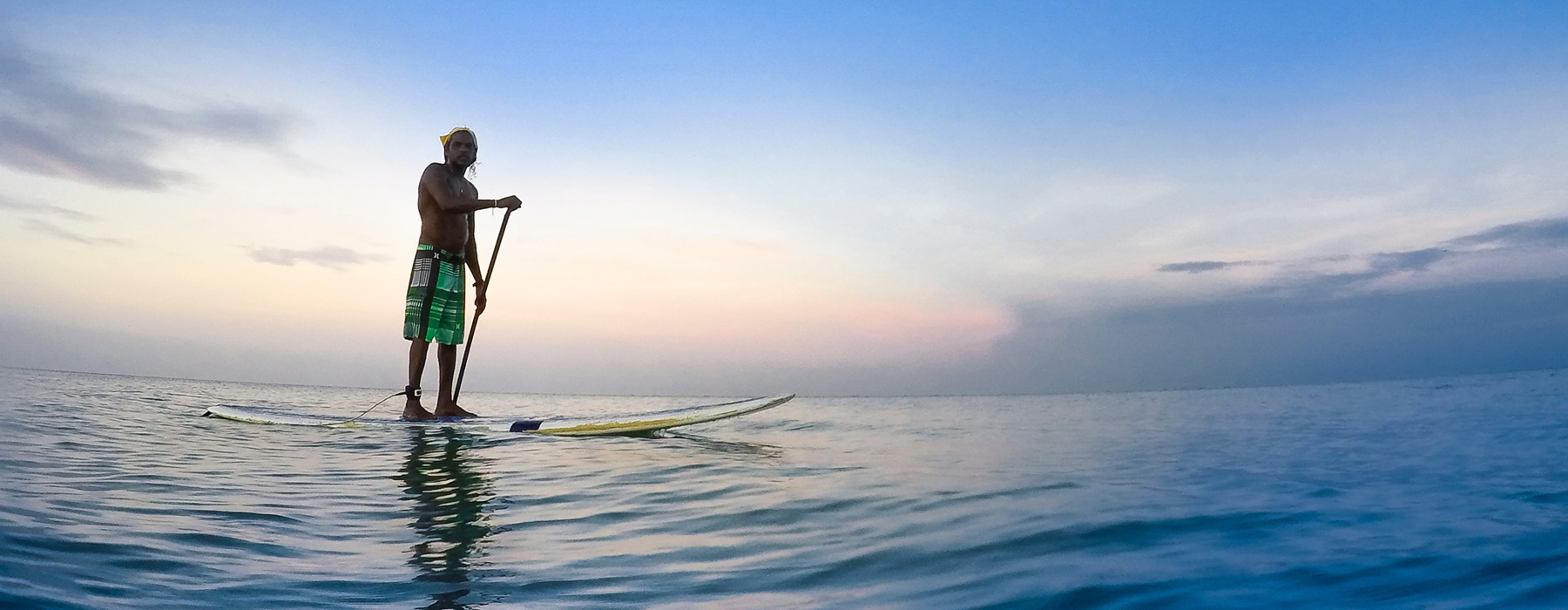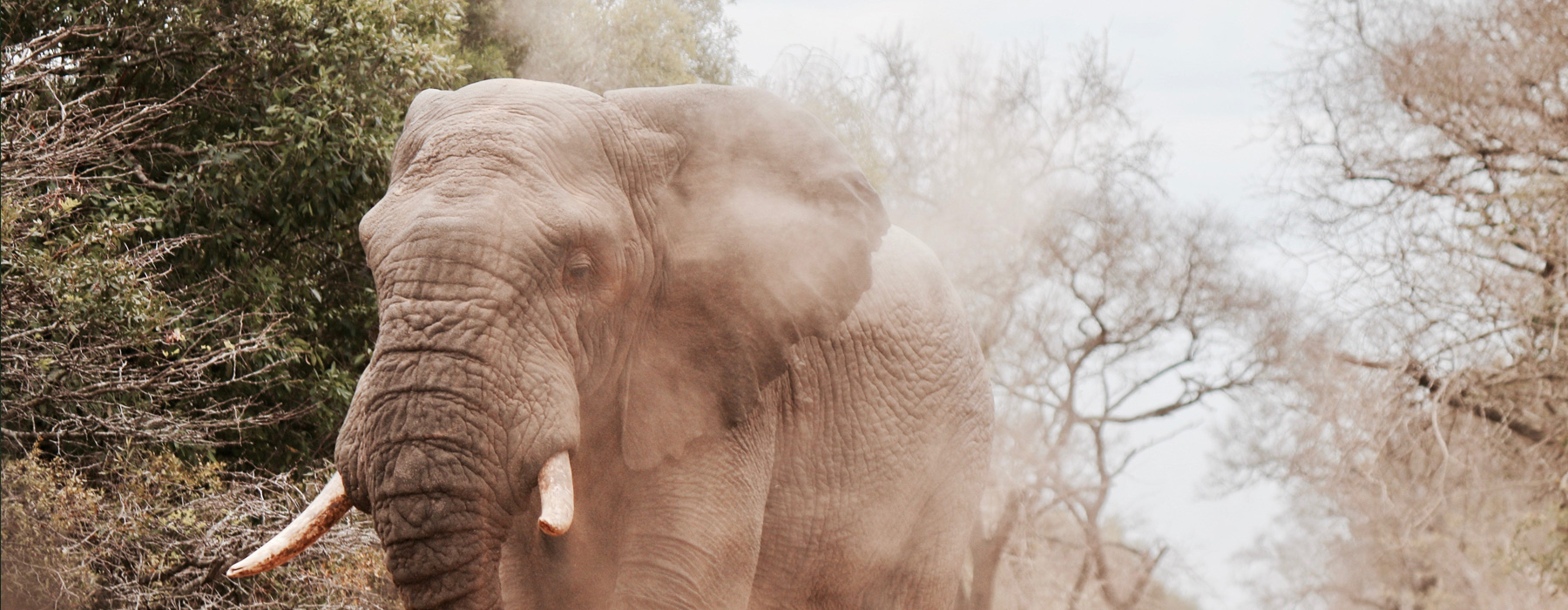Butterflies of Sri Lanka
Endowed with a rich biodiversity, Sri Lanka is home to many unique plants and animals, including butterflies. The butterfly fauna of Sri Lanka comprises 245 species, many of which are closely allied to those in Peninsular India. The majority of the butterfly species in Sri Lanka have their origins in the Oriental region while a few species are of African, Australian or Palearctic origin.
There are twenty-six species endemic to the island – that is, they are found nowhere else in the world. Of these, 19 species are confined to the wet zone in the southwest quarter of the island. Although some species of butterflies can be seen flying year round, most are seasonal in their appearance. For instance, in the southwest of the island, peak populations of many species occur from February to May, before the onset of the southwest monsoon. In the north, northeast and northwest, the major season is from October to January. During these periods, some species migrate in very large numbers – in particular, the Albatrosses, Emigrants and Gulls, all members of the Pieridae family, or the “Whites” as they are commonly called. Folklore has it that these butterflies fly to Adam’s Peak to pay homage to the Buddha; the peak of this mountain carries a footprint believed to be that of the Buddha. Sadly, present migrations of butterflies are but a fraction of those recorded in the distant past.
The populations of many butterfly species in the island have declined precipitously over the last few decades due to loss of their habitats. Over the years, man has cut the forests and the plants on which the butterflies depend. While adult butterflies generally feed on nectar from flowers, the caterpillar (larva) usually feeds on plants. When the food plant of the caterpillar (larva) is destroyed, the butterfly cannot reproduce and its numbers fall. It is hoped that these destructive activities will abate, and a course correction will occur in the near future. With proper conservation measures, butterfly populations can recover.






